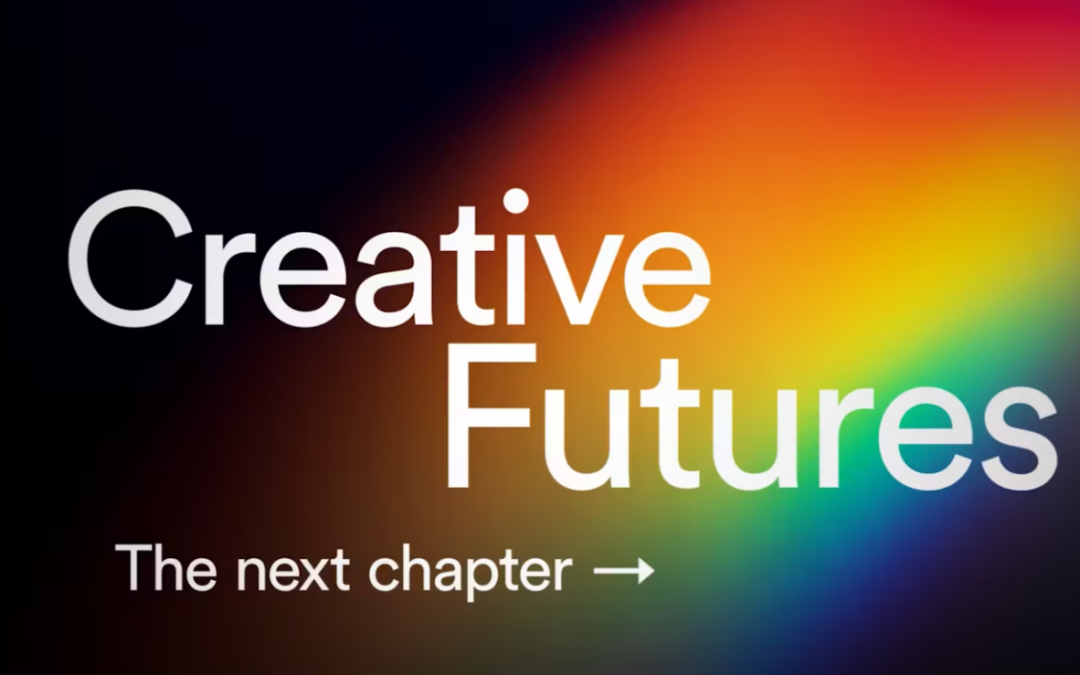Being truly consumer-centric benefits everyone, so why is it so easy to fall short?
Consumer centricity is seeing the business from the point of view of the customer and marketing with sensitivity. It can also be known as being:
- Market orientated
- Market driven
- Customer-focussed
- Or finally, seeing the business ‘back to front’ or ‘inside out’
It’s never been more important to be customer-centric, especially given the current market: not only does being customer-centric ensure you meet the needs of your existing customers, but it also helps you to attract new customers and enhance your brand reputation.
So, in a world where so much data is available to help us listen to our consumers’ needs, wants, and desires, why do we often fail to be consumer-centric?
5 reasons why marketers fail at being customer-centric
1. Time
Fast paced agency life means agencies are often guilty of just churning out proposal after proposal without giving them the care and attention they need.
Modern marketing becomes more complex every day, and it often seems that every meeting you walk into has a different buzzword, acronym or new piece of jargon thrown in for good measure.
Additionally, channels and devices proliferate daily along with technology solutions. In fact, since 2011, there have been 6,800 new technology providers enter the market. This equates to roughly 2.5 companies being formed per day, which is a massive increase of 4,500%.
With the industry changing so rapidly, short-term marketing tactics are increasingly taking precedence over long-term brand building – and whether it’s a symptom or a cause, the tenure of marketers is also getting shorter, as is the length of agency relationships.
2. Cost
This leads us onto our next point, that is directly linked to time, or the lack of it, for most CMO’s, where the need to deliver immediate results is now part of every high-profile marketing job.
With marketers frequently being tasked to do more with less, research is often the first thing that gets cut, with budgets instead getting thrown into pouring more ill-fitting customer prospects in at the top of the funnel.
Kirti Singh, Procter & Gamble’s Chief Analytics and Insights Officer, discussed this subject of market research at the Association of National Advertisers’ (ANA) 2018 Data and Measurement Conference, stating:
“Transparency helps ensure that our industry keeps non-working dollars low, so money can be better spent in connecting our consumers and delivering growth. As a by-product of transparency, our consumers are getting annoyed with just the sheer amount of advertising that they’re seeing.”
The view of research needs to change as does the shift back to looking at wider long term KPI’s. Research is an investment and allows for better, more efficient marketing.
However, with cash being king, it’s often difficult to get clients to see the value of research when this money could be spent on acquiring or retaining customers.
3. Fear
As marketers, we often don’t want to know what our customers are saying about our brands.
Whether we’re worried about what they’re going to say about the product or service they were sold, or we’re concerned what devastating effect this may have on brand sentiment or NPS scores, the fear is real.
However, without asking for feedback and understanding your customers’ thoughts and experiences, it’s impossible to make the necessary improvements needed to become truly customer-centric.
4. Arrogance
You probably won’t want to hear this, but another thing that prevents marketers from being customer-centric is arrogance.
It’s true: as marketers, we like to think we know it all and sit in meetings putting ourselves into the consumer mindset and writing marketing plans based on research that isn’t an exact science.
Instead, if marketers are really going to become customer-centric, it’s essential to use data to truly understand your audience, their wants and needs, and what makes them tick.
5. Assumptions
With arrogance, fear, and a lack of time or money to do research, we start to believe the decisions that are made in these ‘thought showers’, and before you know it, you start to hear sweeping statements such as “If I was a consumer…”, “I prefer this”, or “they wouldn’t buy that”.
However, gut instinct alone isn’t enough, and making assumptions is incredibly dangerous because our opinions are somewhat worthless due to so much bias.
Not only that, but we’re also fighting against other dynamics in our organisations, such as having to focus on driving revenue, which often overtakes our ability to exercise humility.
The fact of the matter is that we are marketers, not consumers – and we left behind the world of the consumer when we took a job in marketing.
When you work for an agency or a brand selling our clients’ products or services, while you can control the inputs, it’s very difficult as a marketer to see the world from the consumer point of view as we’ll always have a tainted view.
This means that when asked questions such as, “is this price right?” or “does the messaging resonate with the audience?” we as marketers need to have a level of humility, hold our hands up, and be able to say, “I don’t know.”
In fact, the only way to understand how to connect with our audience is to go and find those answers by listening to our consumers.
How Join the Dots can help ensure you are customer-centric
Join the Dots, are a media marketing agency that truly understands the importance of being customer-centric, which is why we are led by data.
Data is at the heart of everything we do, and our unique, customer-centric approach means our entire process is underpinned by customer insight and driven by data – so you can be sure your campaigns target the right audience, in the right way, at the right time.
So, if you want to discover a new way to bring your marketing goals to life and put your customers at the centre of everything you do, contact us today to find out more.











